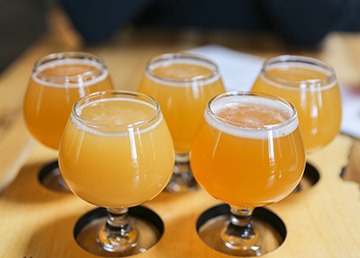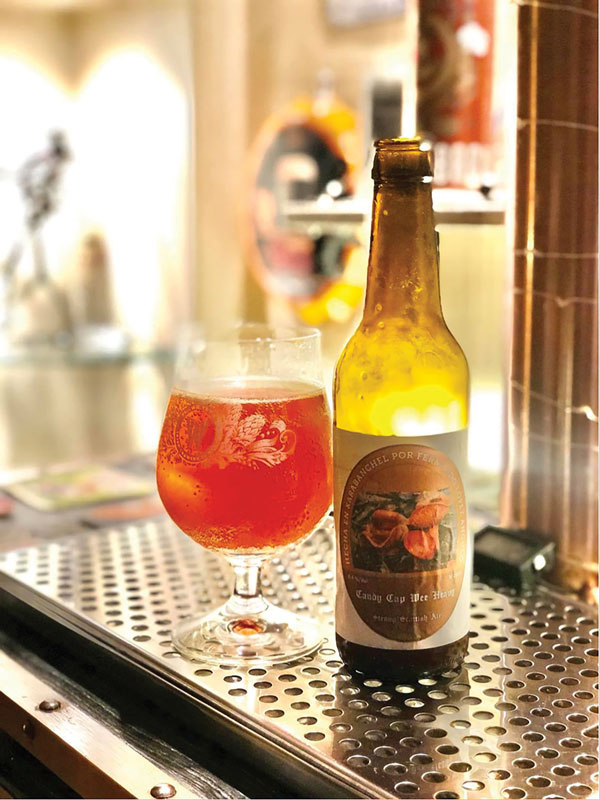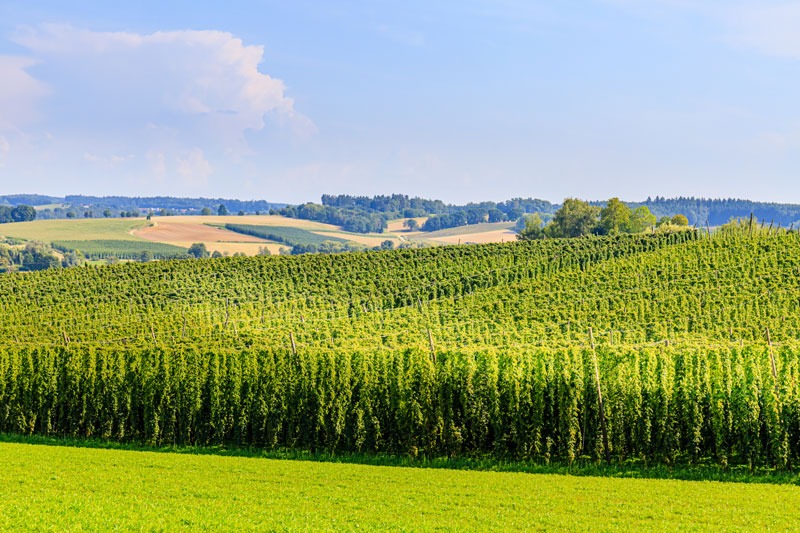Don’t miss our New England Beer & Baseball adventure in 2026! Click here to register!
March/April 2021
The March/April 2021 issue of Brew Your Own magazine. Cover Story: Mastering Haze: The science, ingredients and techniques to crafting juicy, hazy IPAs.
In this issue
-
 mr-wizard
mr-wizard -
 project
projectKeg Level Sensor: A new way to measure beer volume
While there are several ways a homebrewer can measure the level of beer left in a Corny keg, most of them have shortcomings. Here is an inventive new way to digitally keep track of keg levels with minimal fear of sensor failure.
-
 article
articleHow Important is Kettle pH?
-
article
Tapping Into Maple Beers
-

-
 recipe
recipeMaple Amber Lager
-

-
 article
articleFrom Juicy to Crazy Hazy
-
 recipe
recipeStar Gazer Hazy Double IPA
-
 article
articleBrewing Priorities for Beginners
-
 recipe
recipeBeginner’s Luck Pale Ale
-
 article
articleA Friendship Mushrooms: Brewing brothers from different mothers
One of the great things about modern technology is our ability to connect with like-minded individuals no matter where they live. Two homebrewers thousands of miles apart connected over their interest for brewing with candy cap mushrooms.
-
 article
articleCold-Side Considerations: It’s lurking out there . . . oxidation
Oxidation and the effects of staling on beer is one of the great frustrations of brewers. John Palmer lays out the root causes and things we can do at different stages of production to minimize this problem.
-
 article
articleFlavoring Beer: Get the most from additions
Adding fruit, spices, or other flavorings to beer is commonplace for homebrewers and craft brewers alike, but there are many ways to go about extracting the flavor.
-
 recipe
recipeGordon Strong’s Witbier
The beer should ferment dry but not seem bitter because of the low IBUs. This should increase drinkability, as long as it is carbonated well. The spices shouldn’t be heavy, but if you find yourself wanting more, you can always make a quick “tea” of the parts you want to increase and blend it in post-fermentation.
-
 article
articleWitbier: A hazy shade of summer
Adding fruit, spices, or other flavorings to beer is commonplace for homebrewers and craft brewers alike, but there are many ways to go about extracting the flavor.
-
 mr-wizard
mr-wizardCask Ale Beer In A Bag
-

-
 article
articleMeasuring Mash pH, Wort Aeration, and Beer In A Bag
All-grain brewers know it takes a few minutes of mixing to get the mash temperature to stabilize. But how about mash pH? The Wizard also offers advice on wort aeration temperature and cask ale-style beer in a bag.
-
 article
articleStone Brewing Co.
When one of the icons of the craft beer movement was called upon by his hometown to help with a fundraiser, he and the brewery he helped found stepped up with an iconic beer.
-
 recipe
recipeStone Brewing Co.’s Pataskala Red X IPA clone
The key to replicating a beer of this nature is to use the freshest hops possible and, as always with hop-forward beers, minimizing oxygen uptake during dry-hopping, transferring, and packaging processes.
-
 article
articleThe Noble Hops of Germany
Brewers and suppliers will often talk about the “noble hops,” but many folks are not familiar with them. Get some of the details about what makes them noble.
-
 article
articleThe Importance of Safety
Nobody expects to get injured while brewing, but accidents happen. Learn how to reduce potential for injuries with these seven tips.

